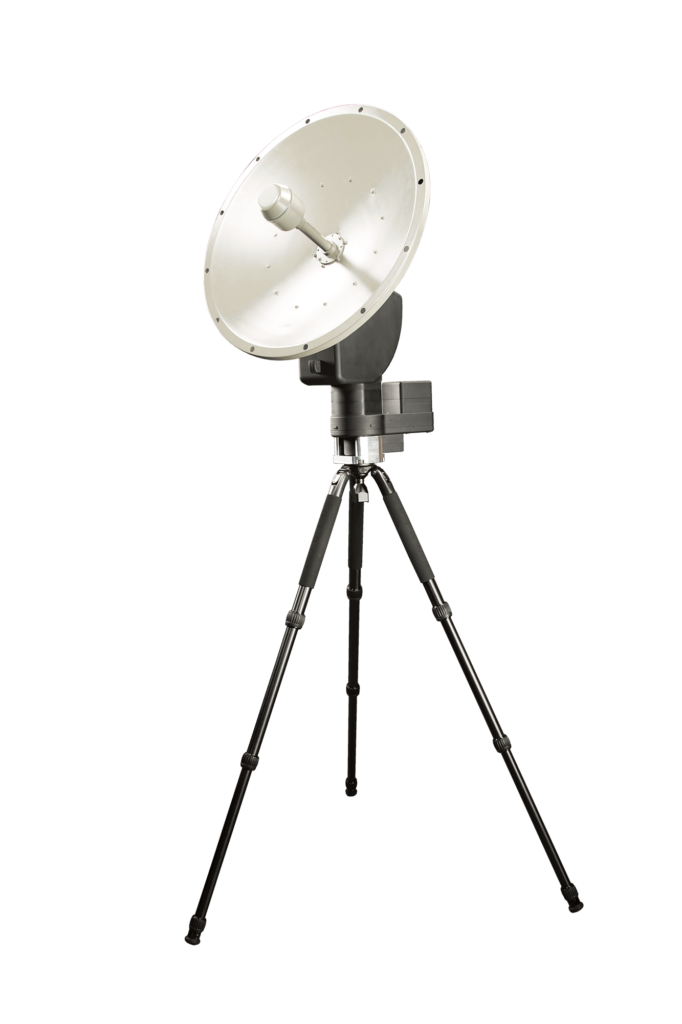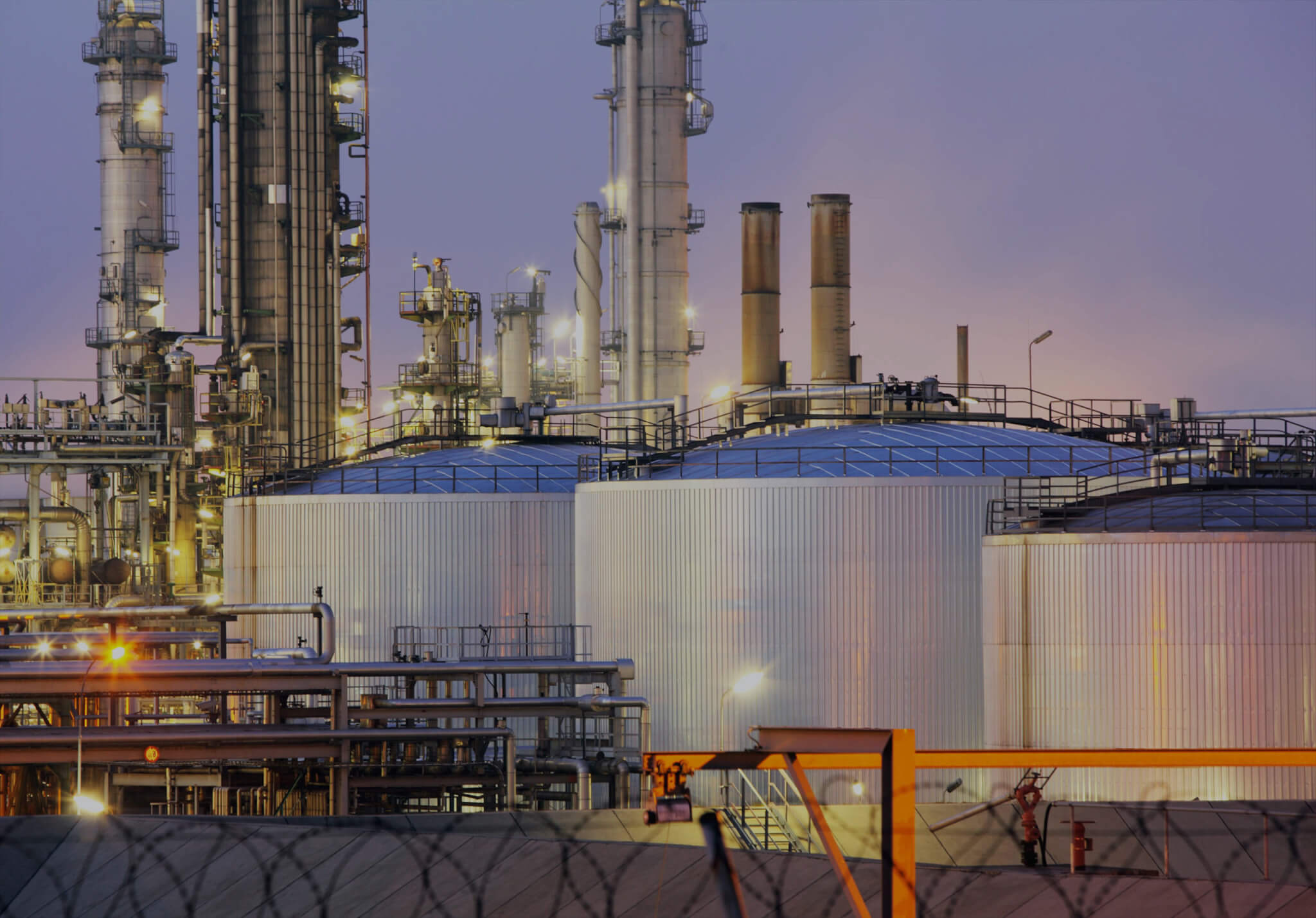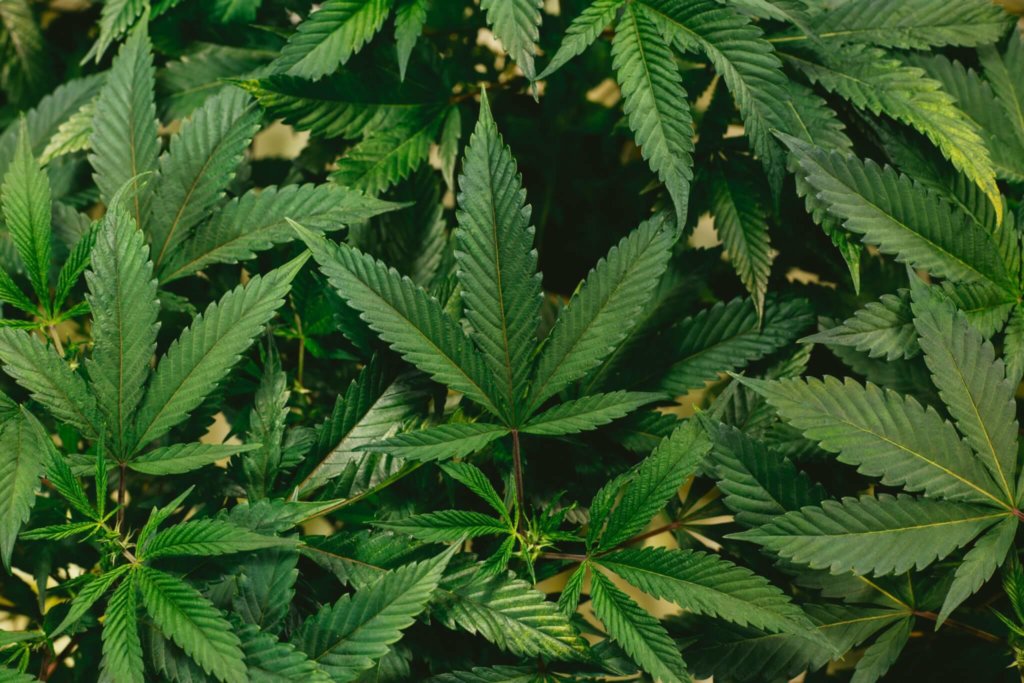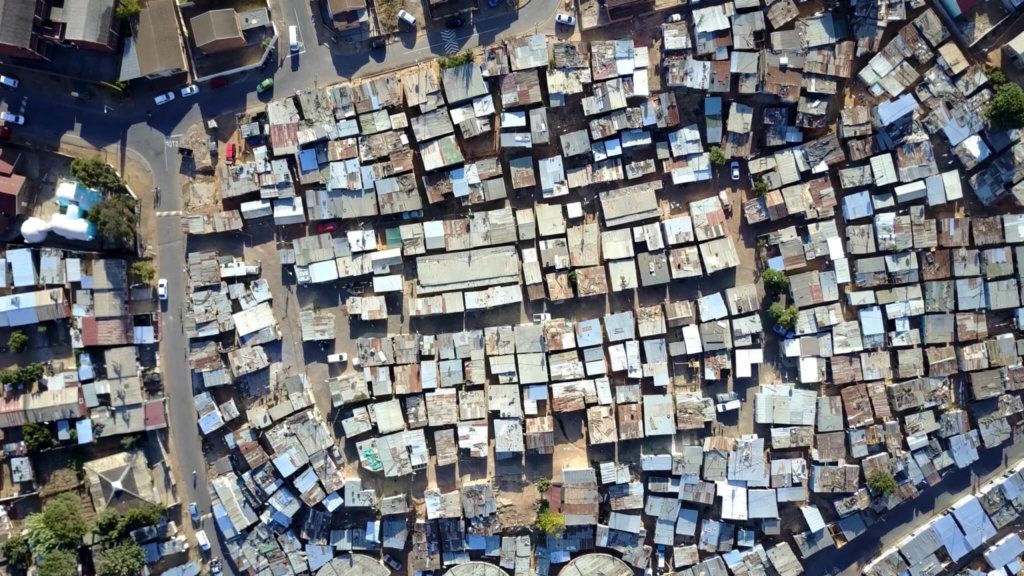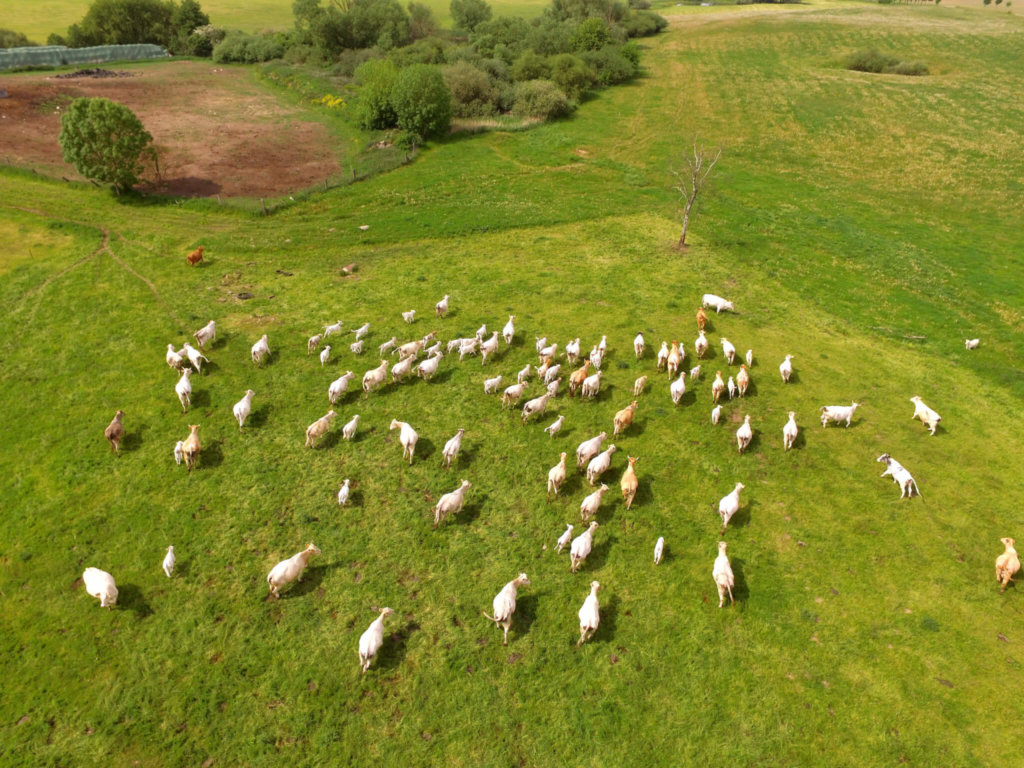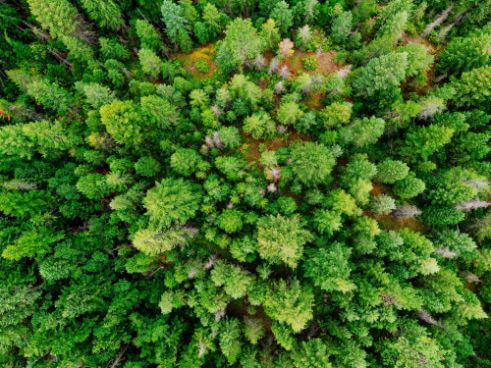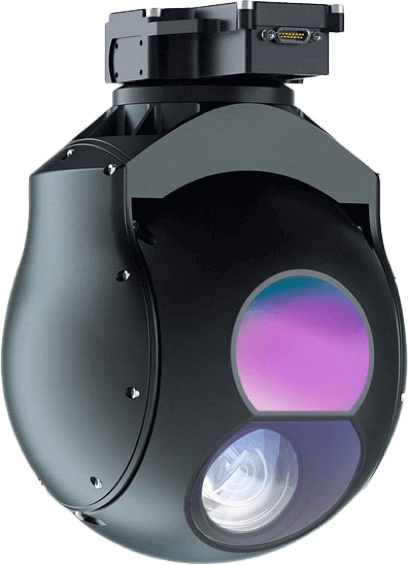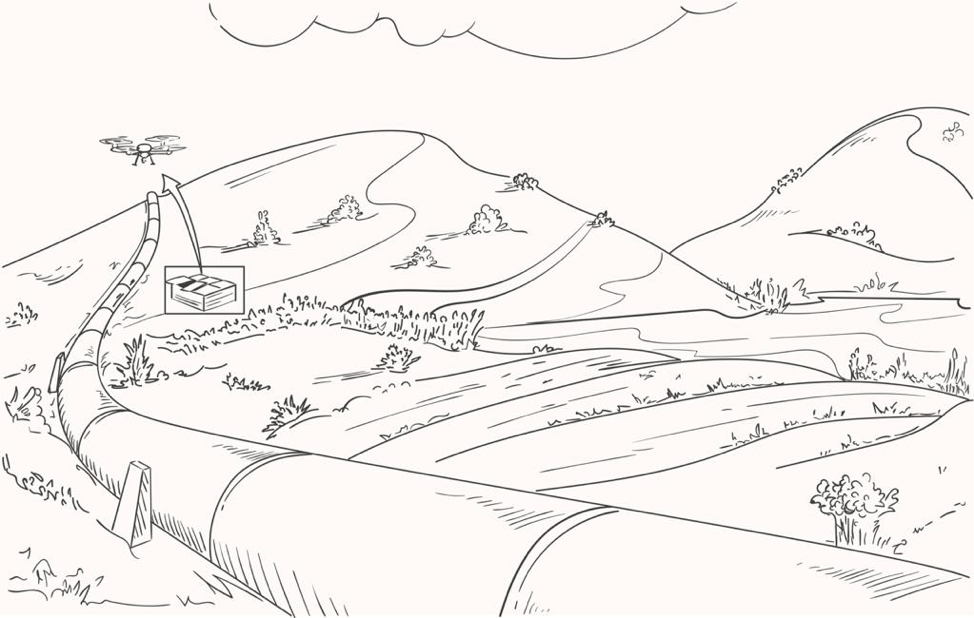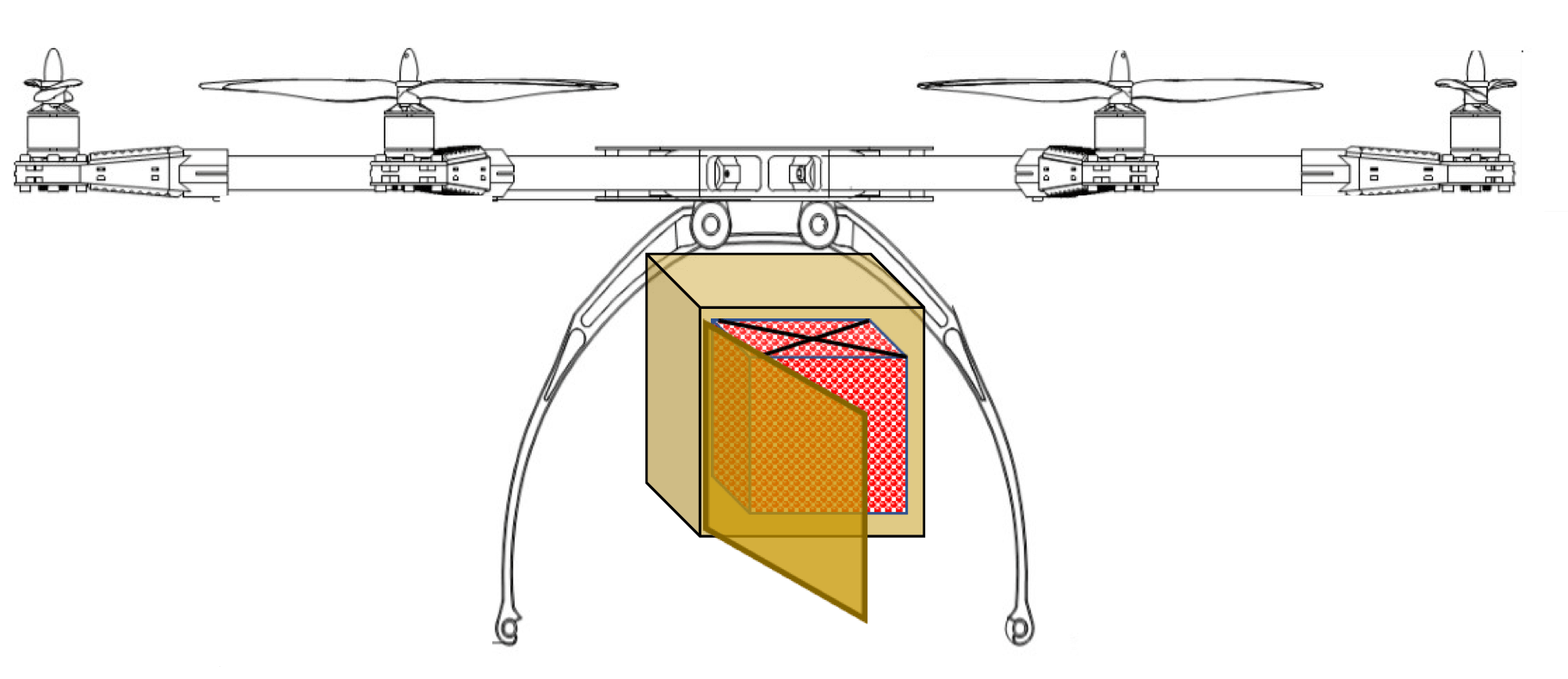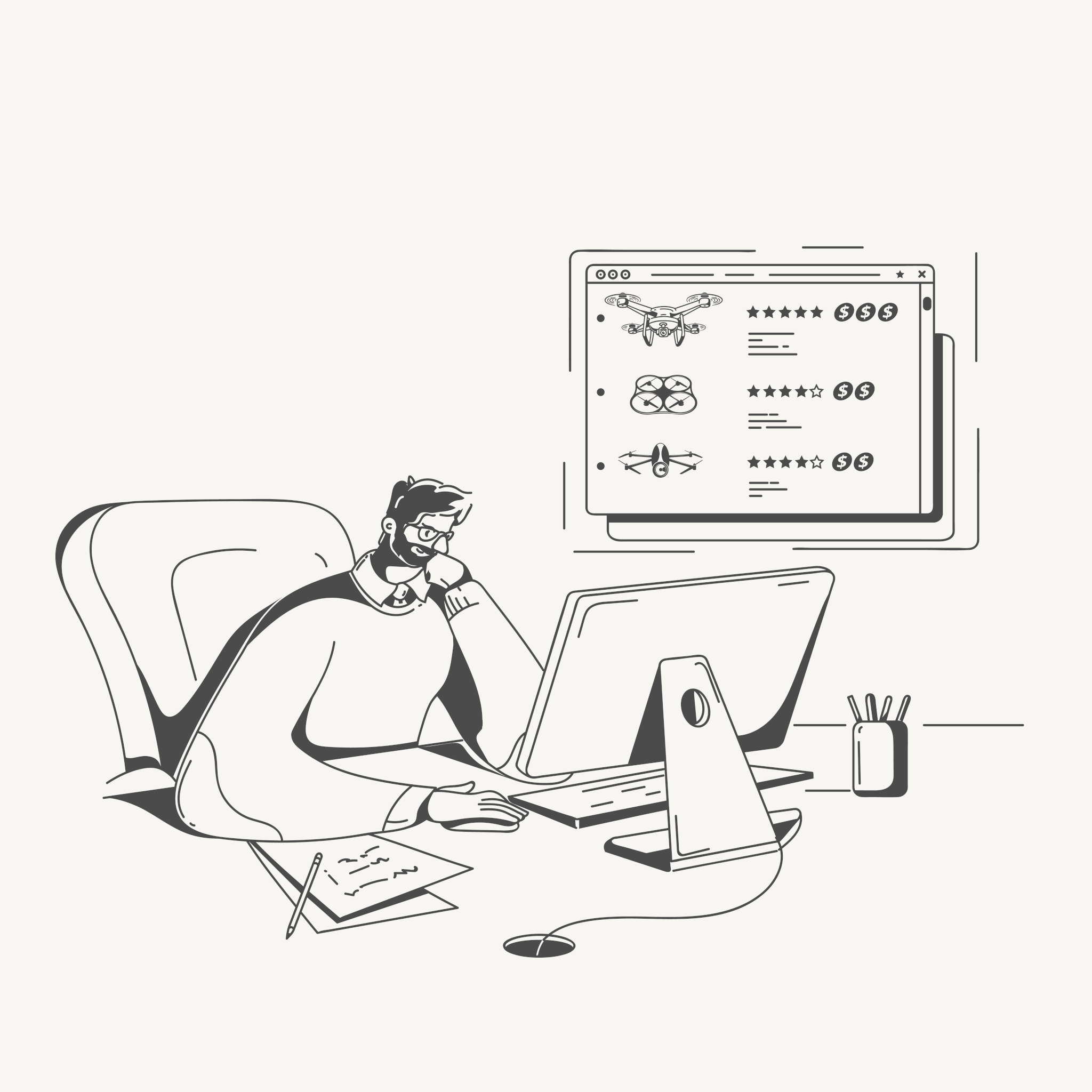If you plan to use a long-range quadcopter commercial drone either for personal or business purposes, the best way to learn is to try operating one. But, before you start getting your hands on it, it’s necessary to get to know how they work first, especially the importance of having them calibrated regularly.
Experienced drone pilots know that hard landings or bumps can sometimes cause the sensors to vibrate. Therefore affecting the accuracy of their calibration. When you feel like your drone isn’t responding appropriately to your commands quickly or handling poorly, it might be time to have it checked for accuracy.
Calibrating Long-Range Quadcopter Drones
If you’re going to fly a long-range quadcopter (Quads) drone, then there are some other considerations to keep in mind. First of all, you have to be aware of the relationship between lift and resistance. Quads have the advantage of having very high lift values, which makes them much easier to control. However, they also fly slower than helicopters, making them challenging to control when they’re not correctly calibrated.
Several methods are used in the calibration process, including plotting the best long-range drone flight path on a graph, the best altitude, the flying zone on a map, the best time to initiate the flight, and the best speed to reach that altitude and flying zone. The final stage is sending the drone into the area you have plotted at an optimum altitude and speed.
You can’t fly a long-range quadcopter drone without proper calibration. It’s the only way to ensure that you can get excellent footage at the right distance.
20km flight missions

On long range missions a small error can become a very big error after about 20 or more kilometers. Flying BVLOS means you are not in a position to verify the exact location of the drone yourself and you have to rely on the remote feedback, and the accuracy of the initial setup, to ensure the drone is exactly where it is meant to be at the right time and executing according to plan.
The obstacle course a long-range drone must fly through is crucial to achieving a successful delivery. It is where the drone will have to navigate through and recover after a successful flight. And it is also a measure of the effectiveness of the mission as a whole. If the course is not flown correctly, then the drone will not be able to achieve its intended mission objectives. Whether it be the collection crucial data, or delivering an action remotely. Meaning that the entire flight will be a failure, and the investment in the mission might be a waste, and that’s why it’s essential to know how to calibrate a drone properly.
Conclusively, the purpose of calibrating a long-range drone is all about knowing where the target is likely to be at the time of your intended action, be it recording coordinates, taking a snapshot, or planting seed pods. If you’re delivering a remote action at a moving target, you want to make sure you’re doing so somewhere between the moving target and your aim point. That way, you’ll be minimizing the probability that you will miss a shot on your target.
Do You Need To Calibrate A Long-Range Quadcopter Drone Before Each Flight?
If you are using the quadcopter or anything of the sort, you will need to calibrate it before each use. Whether it’s new or not. You need to be sure that you have your drone aligned to navigate it correctly in-flight and when landing. If you fail to calibrate your drone before each flight. You leave a considerable chance of making fatal mistakes during aerial maneuvers. (See: Secrets to Building a Long Range Drone)
Are you looking for professional long-range quadcopter drones? Shop at Airborne Drones today to discover more about the latest high-tech commercial drones!
